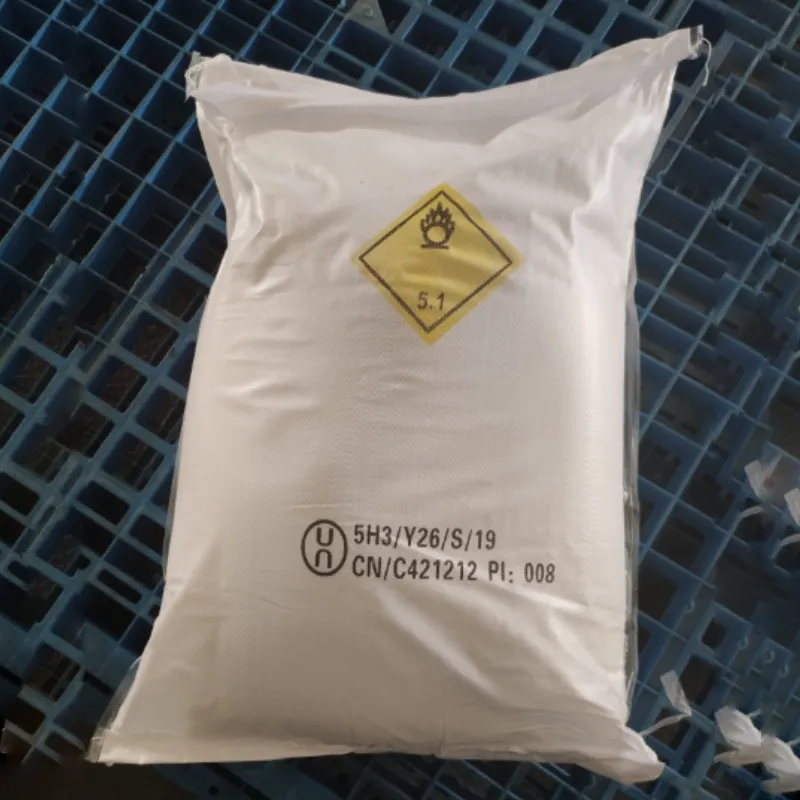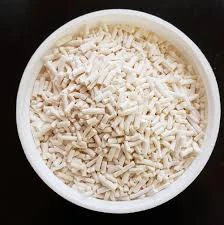TEL: 0086-311-88862036

Feb . 15, 2025 19:03
Back to list
preservatives used in noodles
Preservatives are a crucial component in the modern food industry, particularly in widely consumed products like noodles. Their use is essential for extending shelf life, ensuring product safety, and maintaining quality during transportation and storage. However, there is growing consumer concern about what these preservatives are and how they affect health. This article aims to provide a comprehensive overview of the types and roles of preservatives used in noodles, drawing from industry expertise and authoritative sources.
4. Citric Acid Besides serving as a preservative, citric acid also enhances the texture and flavor of noodles. As a natural compound found in citrus fruits, it is well-accepted for its multifunctional properties, including pH adjustment and antioxidant effects, which further preserve noodles' freshness. The incorporation of preservatives in noodle production is a decision weighted by safety, efficacy, and consumer preferences. Manufacturers must balance these factors while complying with international and local food regulatory standards. In regions like the European Union and the United States, food safety authorities such as the EFSA (European Food Safety Authority) and the FDA (Food and Drug Administration) regulate the types and levels of preservatives permitted in foods. These organizations provide guidelines based on extensive research and risk assessments, ensuring that the preservatives used in noodles do not pose health risks when consumed as part of a balanced diet. For producers, the selection of preservatives involves not only meeting legal compliance but also considering consumer demands for transparency and natural ingredients. Increasingly, manufacturers are exploring natural preservatives such as tocopherols and rosemary extract, which offer similar protective effects without some of the consumer concerns associated with synthetic additives. From a consumer's perspective, understanding the role and safety of preservatives in noodles is vital for making informed dietary choices. While some individuals may prefer noodle products labeled as preservative-free, it's important to recognize that preservatives play a key role in food safety and overall product quality. When choosing noodles, consumers are encouraged to read labels, understand the functions of the listed ingredients, and consult reliable sources for food safety information. In summary, preservatives are integral to the production and distribution of noodles, providing both safety and convenience. Continuous advancements in food technology and regulatory oversight aim to ensure that these ingredients meet quality standards while addressing consumer expectations for transparency and health. As the food industry evolves, so too will the strategies for preserving noodles, balancing the dual demands of safety and satisfaction.


4. Citric Acid Besides serving as a preservative, citric acid also enhances the texture and flavor of noodles. As a natural compound found in citrus fruits, it is well-accepted for its multifunctional properties, including pH adjustment and antioxidant effects, which further preserve noodles' freshness. The incorporation of preservatives in noodle production is a decision weighted by safety, efficacy, and consumer preferences. Manufacturers must balance these factors while complying with international and local food regulatory standards. In regions like the European Union and the United States, food safety authorities such as the EFSA (European Food Safety Authority) and the FDA (Food and Drug Administration) regulate the types and levels of preservatives permitted in foods. These organizations provide guidelines based on extensive research and risk assessments, ensuring that the preservatives used in noodles do not pose health risks when consumed as part of a balanced diet. For producers, the selection of preservatives involves not only meeting legal compliance but also considering consumer demands for transparency and natural ingredients. Increasingly, manufacturers are exploring natural preservatives such as tocopherols and rosemary extract, which offer similar protective effects without some of the consumer concerns associated with synthetic additives. From a consumer's perspective, understanding the role and safety of preservatives in noodles is vital for making informed dietary choices. While some individuals may prefer noodle products labeled as preservative-free, it's important to recognize that preservatives play a key role in food safety and overall product quality. When choosing noodles, consumers are encouraged to read labels, understand the functions of the listed ingredients, and consult reliable sources for food safety information. In summary, preservatives are integral to the production and distribution of noodles, providing both safety and convenience. Continuous advancements in food technology and regulatory oversight aim to ensure that these ingredients meet quality standards while addressing consumer expectations for transparency and health. As the food industry evolves, so too will the strategies for preserving noodles, balancing the dual demands of safety and satisfaction.
Latest news
-
What Is a Food Additive? Global Insights, Applications & Future TrendsNewsNov.24,2025
-
968 Sweetener: The Modern Solution for Health-Conscious SweeteningNewsNov.23,2025
-
Discover the Benefits and Uses of 965 Sweetener (Erythritol) | Tenger ChemicalNewsNov.23,2025
-
961 Sweetener - A Next-Gen Sugar Alternative for Health and IndustryNewsNov.23,2025
-
Understanding 960 Sweetener: The Modern Sugar Alternative for Health and IndustryNewsNov.22,2025
-
Everything You Need to Know About 955 950 Sweeteners – Benefits, Uses, and TrendsNewsNov.22,2025
-
953 Sweetener: Global Insights, Applications, and Future TrendsNewsNov.21,2025
HOT PRODUCTS
Hebei Tenger Chemical Technology Co., Ltd. focuses on the chemical industry and is committed to the export service of chemical raw materials.
-

view more DiethanolisopropanolamineIn the ever-growing field of chemical solutions, diethanolisopropanolamine (DEIPA) stands out as a versatile and important compound. Due to its unique chemical structure and properties, DEIPA is of interest to various industries including construction, personal care, and agriculture. -

view more TriisopropanolamineTriisopropanolamine (TIPA) alkanol amine substance, is a kind of alcohol amine compound with amino and alcohol hydroxyl, and because of its molecules contains both amino and hydroxyl. -

view more Tetramethyl Thiuram DisulfideTetramethyl thiuram disulfide, also known as TMTD, is a white to light-yellow powder with a distinct sulfur-like odor. It is soluble in organic solvents such as benzene, acetone, and ethyl acetate, making it highly versatile for use in different formulations. TMTD is known for its excellent vulcanization acceleration properties, which makes it a key ingredient in the production of rubber products. Additionally, it acts as an effective fungicide and bactericide, making it valuable in agricultural applications. Its high purity and stability ensure consistent performance, making it a preferred choice for manufacturers across various industries.





